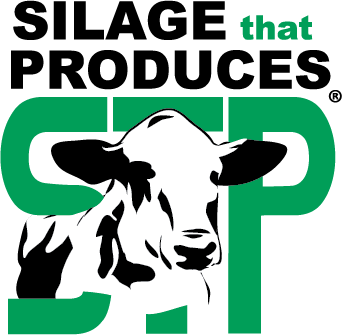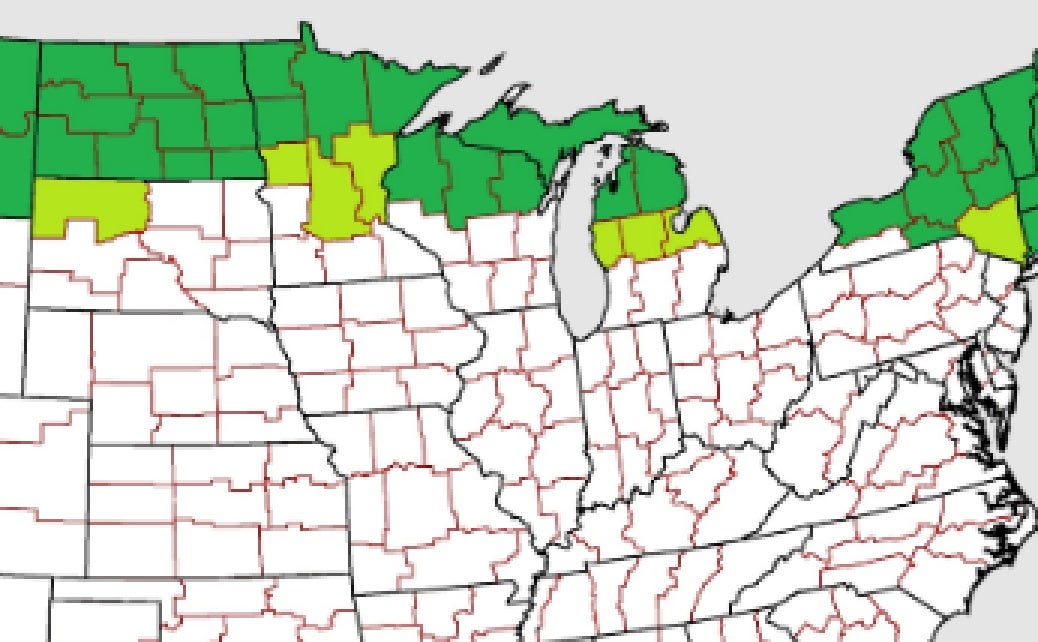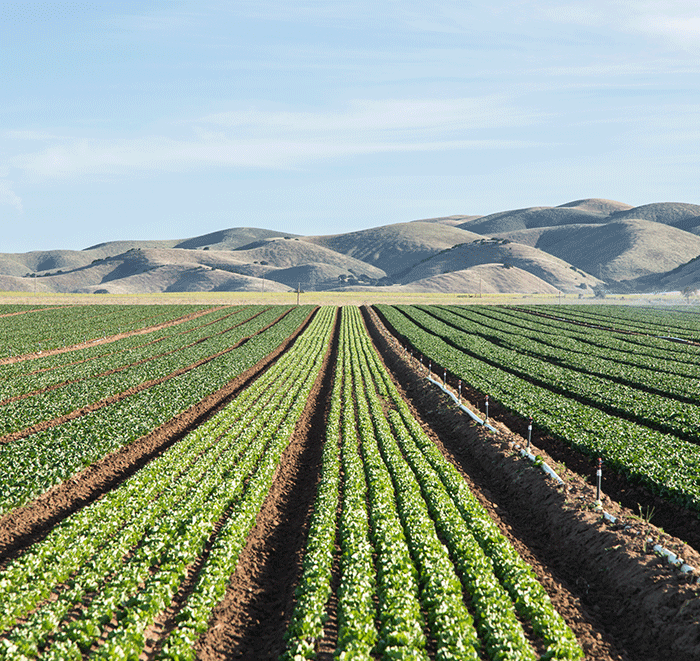STP4723

Relative Maturity: 97
Features & Benefits
Technology Trait


Region Adaptability

Agronomics
Water Management
Disease Tolerance
Management Response
Soil Placement
Rotation Management

ALWAYS READ AND FOLLOW PESTICIDE LABEL DIRECTIONS. Roundup Ready® 2 Technology contain genes that confer tolerance to glyphosate. Glyphosate will kill crops that are not tolerant to glyphosate. Performance may vary from location to location and from year to year, as local growing, soil and weather conditions may vary. Growers should evaluate data from multiple locations and years whenever possible and should consider the impacts of these conditions on the grower’s fields. Roundup Ready 2 Technology and Design®, Roundup Ready®, and Roundup® are trademarks of Bayer Group. All other trademarks are the property of their respective owners.
KEY
| Ratings: | 9 Excellent |
8 Very Good |
7 Above Avg |
5-6 Average |
3-4 Below Avg |
1-2 Poor |
| Systems: | HR Highly Recommended |
R Recommended |
NR Not Recommended |
|||
| Resistance: | HR Highly Resistant |
R Resistant |
MR Moderately Resistant |
LR Least Resistant |
MS Moderately Susceptible |
S Susceptible |
All agronomic characteristics and ratings may vary with growing conditions and environment. Ratings are approximate and should not be considered as absolute. Ratings on new hybrids are based on limited data and may change as more data are colle cted. Extreme conditions may adversely affect hybrid performance. The relative maturity of one hybrid to another remains reasonably constant; however, the actual number of cale ndar days from seeding to physiological maturity varies with da te of planting, planting rate, temperature, day length, soil fertility, and other environmental factors.

